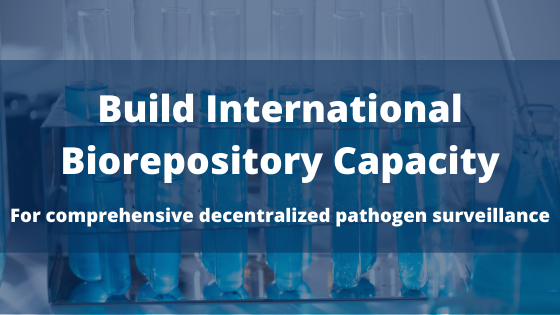As was the case for COVID-19, identifying wild animal reservoirs can be challenging when biorepositories are lacking. In most countries, natural history biorepositories remain poorly supported and largely disconnected from public health initiatives. To achieve comprehensive decentralized pathogen surveillance, there is an urgent need to develop environmental and biodiversity infrastructure in biodiverse countries experiencing high rates of habitat conversion, wildlife trafficking, and human-wildlife interactions.

Approximately one-third of One Health networks lack an environmental component, fewer than half are active in wildlife surveillance, and almost none is led by developing countries. International support for the development of natural history museums with frozen vertebrate tissue collections remains a key component missing from the One Health equation. Most pathogens causing severe outbreaks in humans are zoonotic in origin; thus, understanding their evolution and that of their wild animal hosts is imperative.
Click here to read more.
